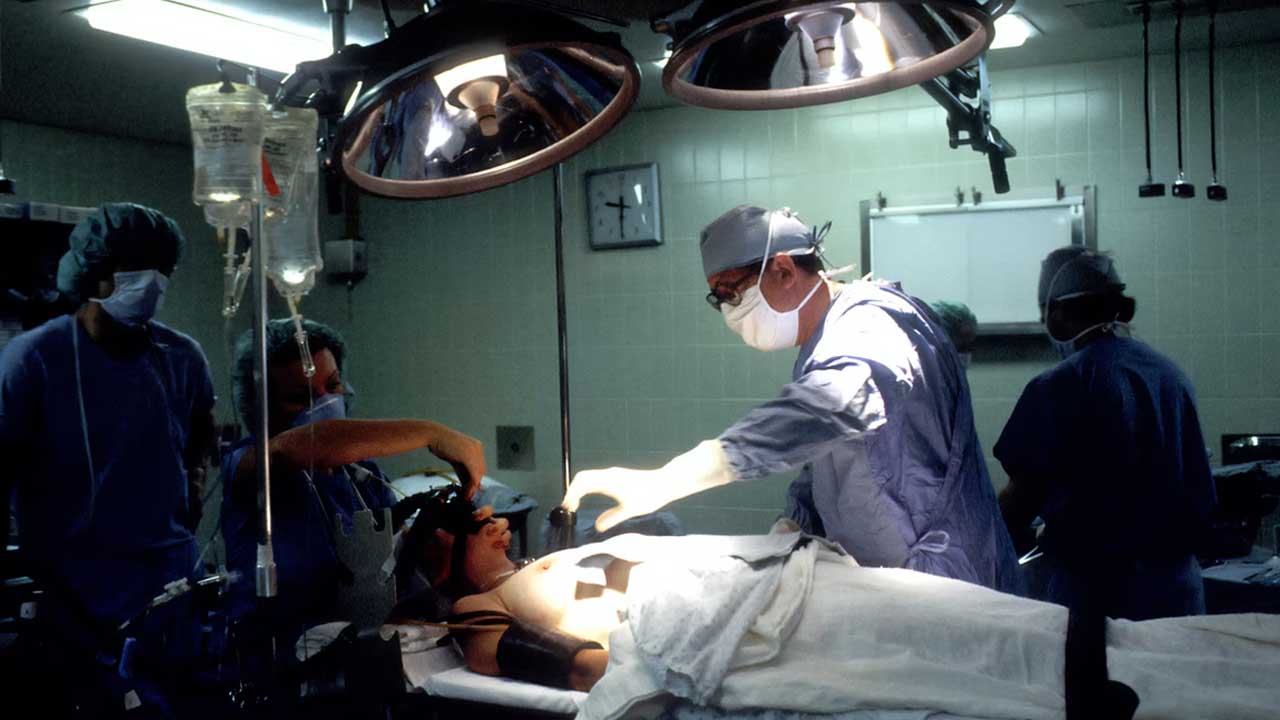The emergency and injury cases annually accounted for 16% of all patients presenting to a health facility and 19-36% of admissions in district hospitals, finds a study done over the year 2018 by NITI Aayog and AIIMS New Delhi. Live observations revealed that emergency cases accounted for 10-12% of all OPD patients on a given day. Even though 88% of hospitals had in-house ambulances, trained paramedics needed to assist ambulance services were present only in 3%. Provision of specialised care during ambulance transport was largely poor, as only 12% of hospitals had mobile stroke/STEMI (for heart attack) program. Most of the hospitals lacked a pre-hospital arrival notification system. Despite high-patient load reporting to the Emergency Departments (EDs), the number of beds available at accounted for only 3-5% of total hospital beds. Most of the hospitals lacked the presence of general doctors, specialists and nursing staff dedicated to EDs.
The findings are from NITI Aayog’s two comprehensive reports on the status of country level-secondary and tertiary level and district-level emergency and injury care in India. The studies were carried out by the Department of Emergency Medicine, JPNATC, AIIMS, New Delhi in collaboration with NITI Aayog, and were launched in the presence of Dr V K Paul, Member (Health), NITI Aayog and Dr Rakesh Sarwal, Additional Secretary, amongst other dignitaries.
These reports bring out and highlight the spectrum and a load of emergency cases, and gaps in ambulance services, health infrastructure, human resources and equipment in the provision of optimal care. These studies have assessed the prevailing status of 100 emergency and injury care centres in government and private hospital settings in 28 states and 2 union territories of India, in addition to 34 district hospitals. The annual census of the year 2018 (from 1 January 2018 to 31 December 2018) was collected from all the hospitals, which includes the number of patients visited in OPD, emergency, number of medico-legal cases attended in an emergency, number of admissions through an emergency, etc.
NITI Aayog Member Dr V K Paul said the report highlights the extraordinary importance for India to embark towards creating a world-class, efficient, professional, integrated emergency-care system, that is enabled by technology- for the care of any victim of an accident, emergency or trauma in any part of the country. Dr Randeep Guleria, Director, AIIMS, New Delhi underlined the imminent need to create systems that can take of patients presenting with the coronary syndrome, stroke, respiratory diseases, maternal and pediatric emergencies and injuries, which also represent leading causes of death and disabilities in India.
The reports have a detailed analysis of existing gaps in all domains of emergency care encompassing ambulance services, infrastructure, human resources, equipment status, essential medicines, definitive care and burden of various diseases has been presented. In addition, reports of live observations of care and granular assessment as regards to accreditation, presence of ongoing academic programme and type of organisation have been done.


























